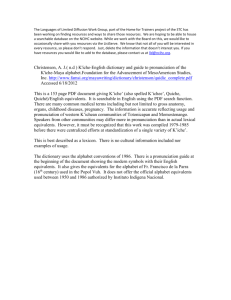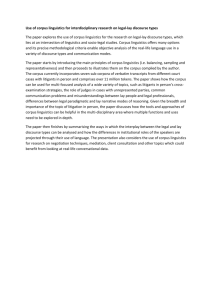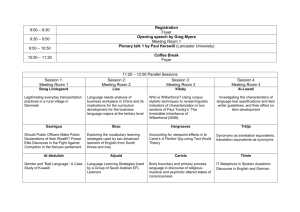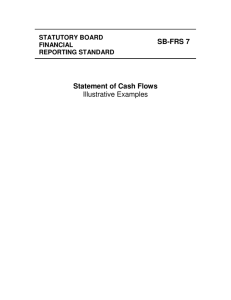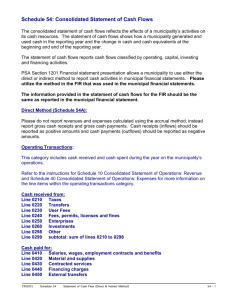Karin Aijmer: Discourse particles in contrast - the case of
advertisement
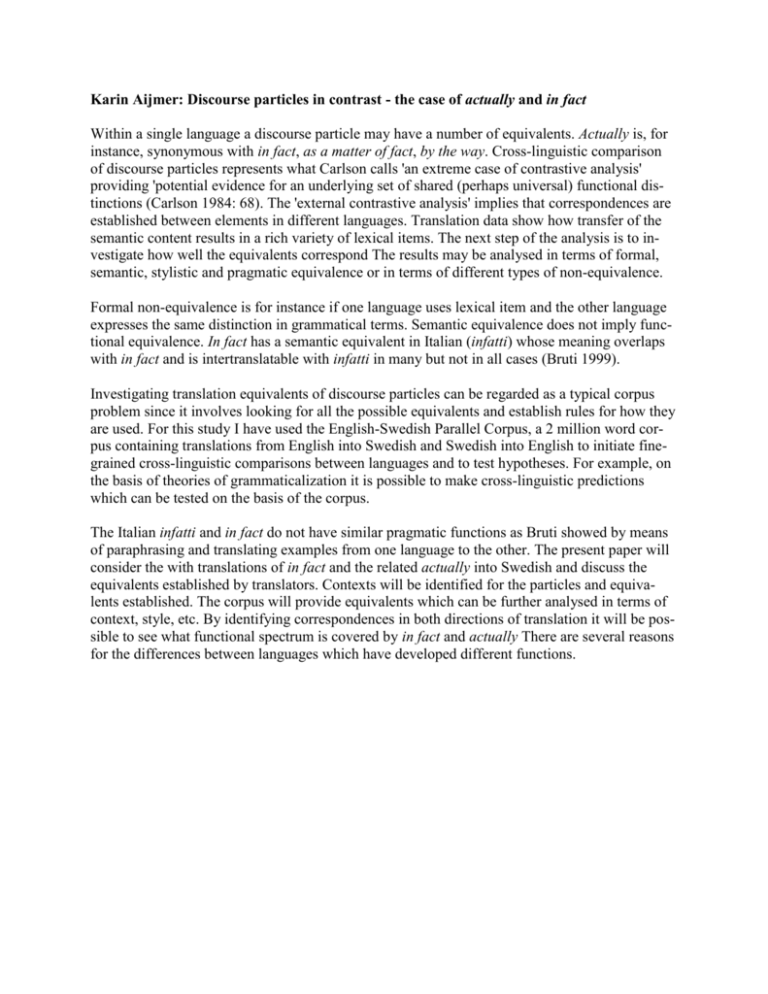
Karin Aijmer: Discourse particles in contrast - the case of actually and in fact Within a single language a discourse particle may have a number of equivalents. Actually is, for instance, synonymous with in fact, as a matter of fact, by the way. Cross-linguistic comparison of discourse particles represents what Carlson calls 'an extreme case of contrastive analysis' providing 'potential evidence for an underlying set of shared (perhaps universal) functional distinctions (Carlson 1984: 68). The 'external contrastive analysis' implies that correspondences are established between elements in different languages. Translation data show how transfer of the semantic content results in a rich variety of lexical items. The next step of the analysis is to investigate how well the equivalents correspond The results may be analysed in terms of formal, semantic, stylistic and pragmatic equivalence or in terms of different types of non-equivalence. Formal non-equivalence is for instance if one language uses lexical item and the other language expresses the same distinction in grammatical terms. Semantic equivalence does not imply functional equivalence. In fact has a semantic equivalent in Italian (infatti) whose meaning overlaps with in fact and is intertranslatable with infatti in many but not in all cases (Bruti 1999). Investigating translation equivalents of discourse particles can be regarded as a typical corpus problem since it involves looking for all the possible equivalents and establish rules for how they are used. For this study I have used the English-Swedish Parallel Corpus, a 2 million word corpus containing translations from English into Swedish and Swedish into English to initiate finegrained cross-linguistic comparisons between languages and to test hypotheses. For example, on the basis of theories of grammaticalization it is possible to make cross-linguistic predictions which can be tested on the basis of the corpus. The Italian infatti and in fact do not have similar pragmatic functions as Bruti showed by means of paraphrasing and translating examples from one language to the other. The present paper will consider the with translations of in fact and the related actually into Swedish and discuss the equivalents established by translators. Contexts will be identified for the particles and equivalents established. The corpus will provide equivalents which can be further analysed in terms of context, style, etc. By identifying correspondences in both directions of translation it will be possible to see what functional spectrum is covered by in fact and actually There are several reasons for the differences between languages which have developed different functions.
